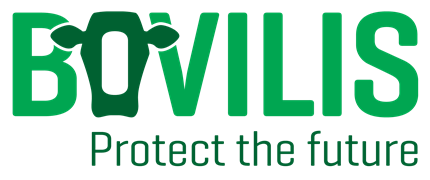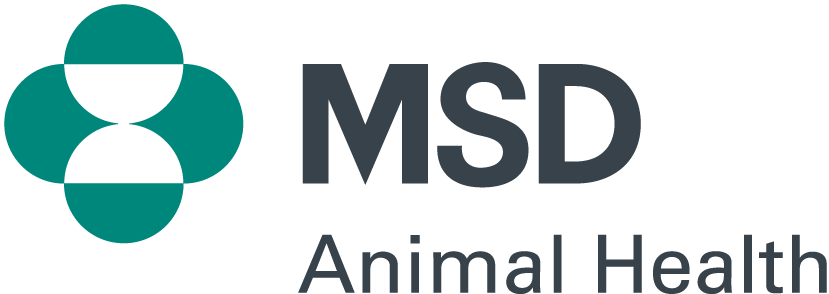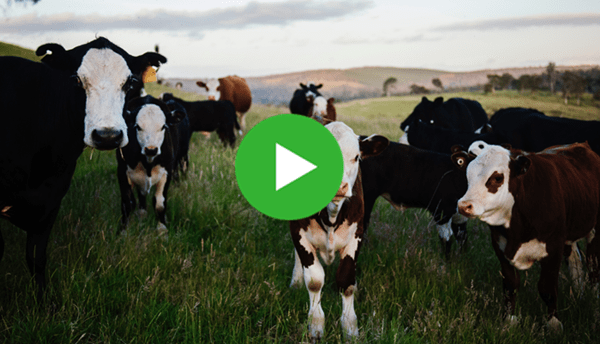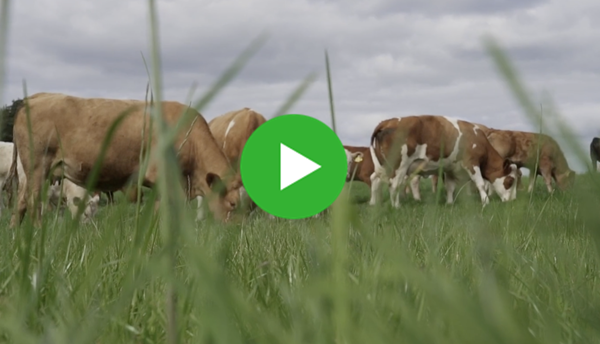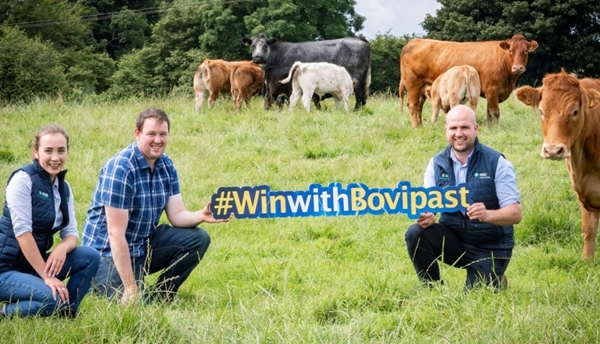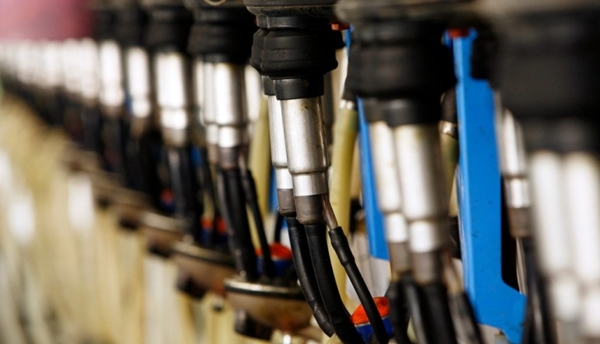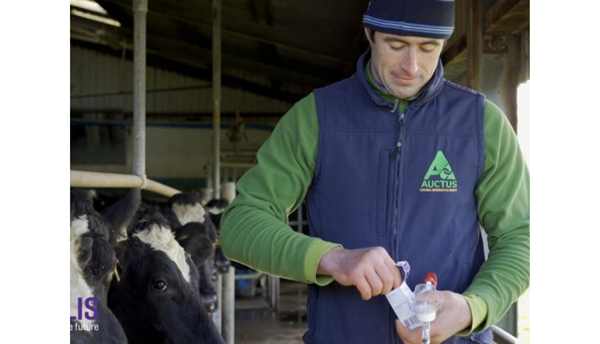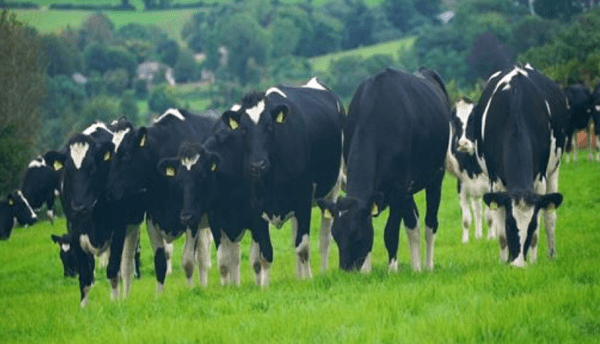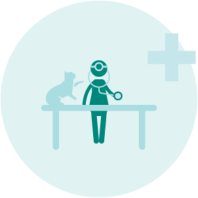

NEWS
Pneumonia, The Silent Calf Killer
4th April 2019
ONLY Bovipast® RSP protects calves that are vaccinated from two weeks of age against Pasteurella (Mannheimia) haemolytica1, RSV and PI3.
This spring, nearly one million dairy calves will be born. Sadly, not all these calves will see the fresh green grass of summer due to disease!
The word pneumonia in simple terms, means inflammation of the lungs. Pneumonia in calves is a complicated, multi-factorial disease meaning that various factors can impact the onset of a pneumonia infection. Respiratory infections are the most common cause of death in calves between the ages of one and five months old. Latest figures show that respiratory infections accounted for 49% and 33% of calf deaths in this age group in Northern Ireland and Ireland respectively in 2016 (figure 1)2.
Did any of your calves die last year as a result of pneumonia? What measurements do you have in place to prevent this from happening in 2019?
What causes pneumonia in calves?
Stressed calves are more susceptible to disease such as pneumonia. How are calves stressed? Weaning, cold and poorly ventilated housing, damp bedding, overstocking and underfeeding are all examples of how stress may be inflicted on a new born calf.
The most important types of pneumonia are caused by viral (ref 3) and bacterial (ref 1) agents. The bacterial agents, known as Mannheimia (Pasteurella) haemolytica, live in the animal’s upper respiratory tract (particularly the tonsils) without causing harm to healthy animals. However, stress or viral infections can weaken the immune system and cause these bacterial agents to multiply rapidly. As these bacteria multiply, they are inhaled into the lungs. In the lungs, there is an interaction between the bacteria and the animal’s immune system, resulting in tissue damage. Clinical signs of pneumonia will be visible in the calf after this has occurred (dull humour, dropping of the head, nasal discharge or cough).
Vaccination
As pneumonia can result from viral or bacterial agents, it is important to choose a broad-spectrum vaccine that provides protection against both type of infection. Bovipast® RSP provides protection against both viral and bacterial pneumonia. For full protection, calves should be vaccinated with a 5ml injection under the skin, from two weeks of age and given another 5ml booster injection four weeks later.
How does Bovipast® RSP work?
- Bovipast® RSP is efficacious in the presence of maternally derived antibodies.
- Bovipast® RSP contains IRP technology (Iron Regulated Proteins).
- When bacterial pneumonia agents like Mannheimia (Pasteurella) haemolytica reach the lungs of an animal it needs iron to multiply and grow.
- IRPs on the surface of bacteria allow absorption of iron.
- Animals vaccinated with Bovilis Bovipast® RSP produce antibodies that bind to the IRPs and reduce the bacteria’s ability to absorb iron.
IBR virus in young calves
Upper respiratory disease must also not be forgotten. Although less common in calves, IBR infection can still be implicated in disease. We know that there is a high prevalence of IBR infection across both dairy and beef herds in Ireland today. To reduce prevalence on farm it is recommended to adopt a whole herd approach. Including young stock as part of routine vaccination improves overall herd immunity and significantly reduces the incidence of disease.
Bovilis® IBR Marker Live vaccine can be conveniently used on the on the same day as Bovipast from three weeks of age ensuring broader coverage in the young calf. When Bovilis® IBR Marker live is used in calves less than three months old, it must be administered up the nose.
How can we maximise calf health?
A combination of good calving management, hygiene, colostrum feeding, and preventative disease control reaps rewards when rearing calves.
- Calving pens: Dry, clean, well bedded pens are a necessity. The cleanliness of the cow entering the calving pen is also a priority to reduce the disease challenge to the new born calf. Good lighting in this area allows for early identification of problem cows or calves. Having cows fit but not fat at calving time is important.
- Removing calves: Remove calves from the calving pen and their dam as soon as possible after birth.
- Colostrum feeding: Aim to feed 8.5% of the calves’ body weight in colostrum within one hour of birth (35kg calf requires 3 litres of colostrum). The calves’ ability to absorb the protective antibodies within colostrum is maximal at this time. The colostrum and the feeding utensils used (bottle or stomach tube) must be clean. Colostrum milked from the cow within the first hour after calving has the highest level of protective antibodies which protect the calf from disease.
- Vaccination protocol: Discussing with your vet a calf health vaccination plan for the spring is a really good idea. They will be best able to advise you on what disease you should vaccinate against or management changes that must be made to help your calves thrive over the coming months
References
1. Mannheimia (Pasteurella) haemolytica A1 and A6
2. Anon 2018. DAFM Animal Identification and Movement Statistics Report 2017
3. Bovine Respiratory Syncytial virus (RSV) and Parainfluenza3 virus (PI3)
Sign up to Bovilis® product and event information
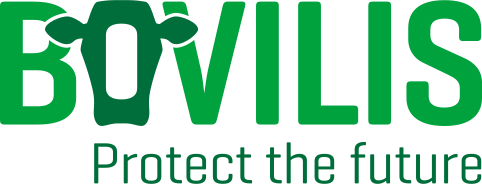
MSD Animal Health
Red Oak North, South County Business Park, Leopardstown,
Dublin 18, Ireland
vet-support.ie@msd.com
PHONE
CATTLE DISEASES
